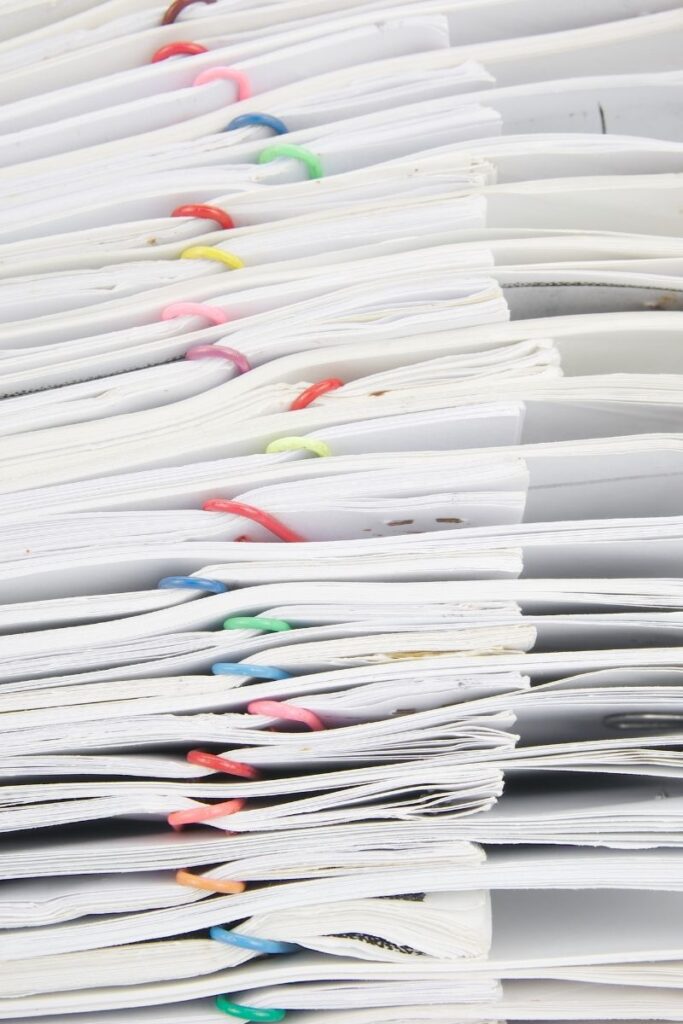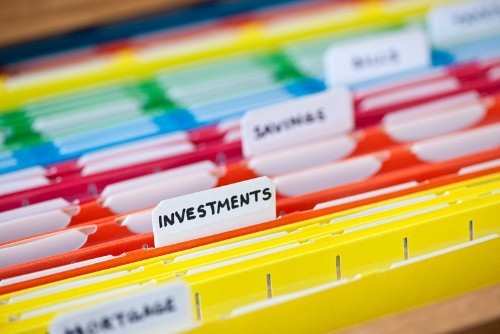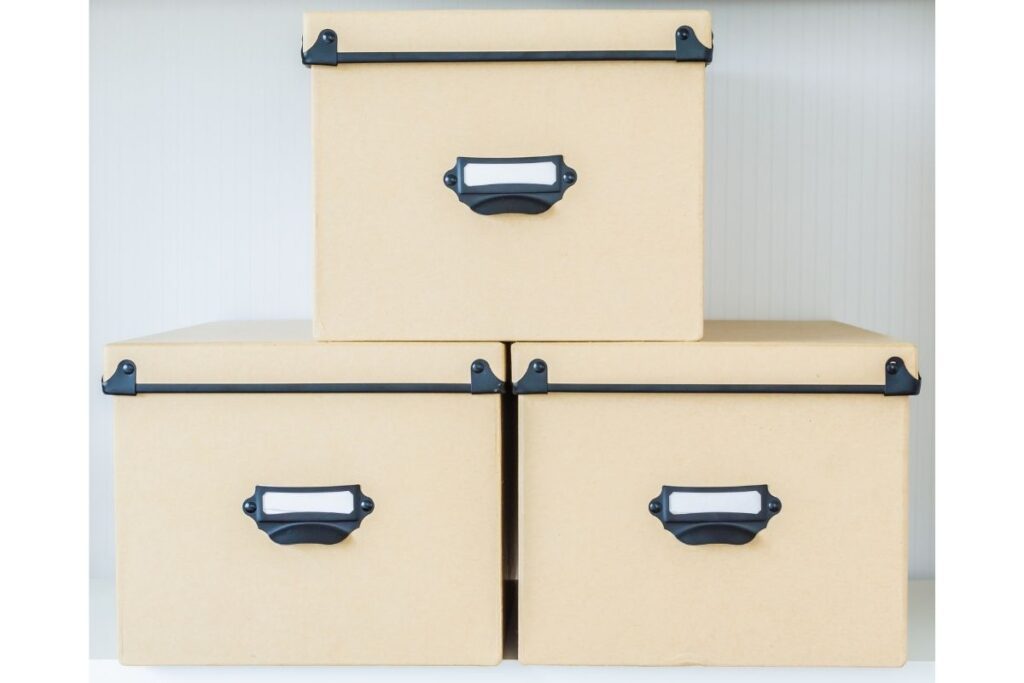Organizing your finances and the associated paperwork can be confusing. As a daily money manager, part of my job is helping clients manage all of this. In this post, I share some of my best tips.
Disclosure: This post may contain affiliate links, which means we may receive a commission if you click a link and purchase something that we have recommended. This commission comes at no additional cost to you. Read our full privacy policy here.
Money in Your Pocket
Not everyone carries cash today, but if you do, you want to be sure you know how much you have. You also want to be sure you hand over the correct value of bills. If the Cash Envelope System or Cash Stuffing is your current budgeting method, this wallet insert will keep you fully organized. These file folder-style cash envelopes come in multiple-sized sets and fit most wallets and planners. Interested in labels for the Cash Envelope System inserts? Check these out here.
Financial Plan
Having a financial plan is the key to financial freedom and success.
Check out this great budget spreadsheet that automatically updates the monthly budget and our monthly financial to-do list for help!

Organizing Your Finances and Financial Paperwork
Bank and credit card statements, tax information, insurance information, etc. Financial management involves a lot of paperwork. Having a solid organizational system in place makes a big difference! First, check out our post to learn how long to keep important documents. Then, set up a system.
Create Categories
We’re focusing on finances, but you could also have categories for household expenses, vehicle expenses, and so on.
Create Sub-Categories
For finances, sub-categories might include savings, checking account(s), student loans, mortgages, and credit cards. Be as specific and narrow as possible. It will help you find things later on.
Use Color Codes
Each larger category should have its own color, making it easier to see. For finances, we like to use green. Use folder labels of the chosen color to create sub-category sections within the larger category. Erasable folder labels and a good permanent marker make changing folder titles easy. If you want to change the label name, erase it and rename it!
Make Labels
Using a label maker is a great way to get your files organized. Suppose your handwriting isn’t precise, or you have dexterity issues. In that case, it can mean the difference between finding your savings account statements in seconds or searching through folders because you can’t read the labels. This label maker is versatile with Bluetooth, allowing users to design from their Apple/Android mobile device or desktop.
Set Up your Filing Drawer, Cabinet, or Box
Whether you need a whole cabinet or a drawer or use a file box (great for portability), the process for setting up your organization system is the same.
- Use a separate hanging folder for each category. Depending on how much paperwork each category has, you may need to use more than one. Put them in the drawer in alphabetical order.
- Place documents in the appropriate sub-category folder and label them.
- Place each sub-category folder in the appropriate hanging folder in alphabetical order.
That’s it! Now, all you need to do is maintain it by correctly filing paperwork as it comes in and purging as appropriate.










Love this post! Thanks so much for sharing it 🙂
This is a great post! Thanks so much for sharing!
Impressive!Thanks for the post
Thank You!
How long should you hang on to bank statments or insurance papers for car or health or other inpirtant papers
Bank statements should be kept for one year unless needed for taxes/IRS, which then should be kept for three years. The IRS can audit back three to six years. Insurance paperwork can be purged annually only if it isn’t associated with a claim and the same for medical. Still, with certain special circumstances or claims, I’d keep anything that’s deductable for business expenses.